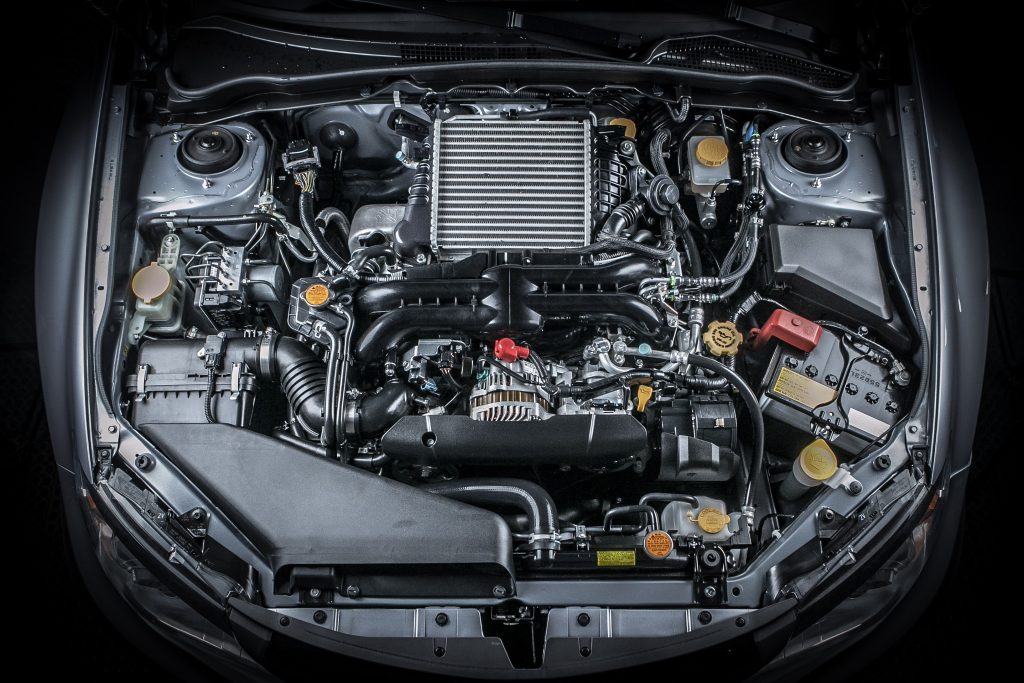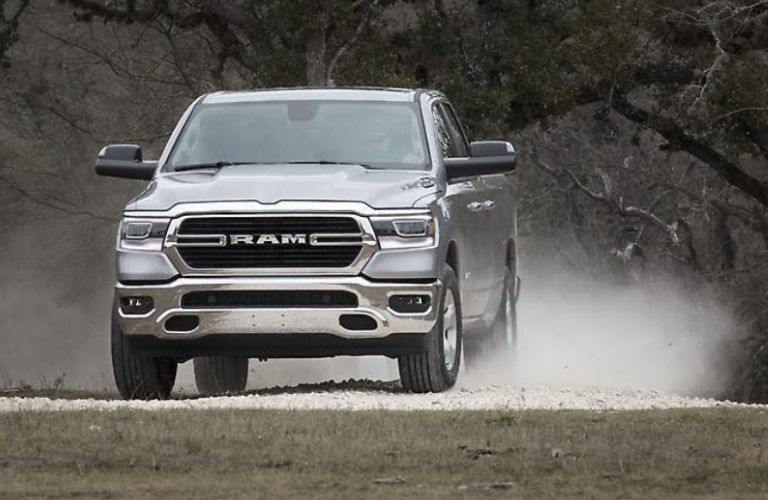
Key Takeaways
- Regular inspection of your car’s battery is vital to prevent unexpected breakdowns.
- Clean battery terminals ensure a strong connection and avoid corrosion.
- Battery testing should be part of routine maintenance.
- Keeping your car’s battery fully charged extends its lifespan.
- Optimal battery health can be maintained by controlling the car’s battery environment.
- Understand when it’s time to replace your car’s battery.
Your car’s battery is the unsung hero that powers your daily adventures, and maintaining its health is crucial for smooth and reliable performance. Without it, your vehicle simply won’t start. Regular maintenance can extend the life of your car’s battery, prevent unexpected breakdowns, and save you money in the long run.
This guide will walk you through some essential steps to ensure your car’s battery stays in optimal condition. Start your journey towards preventive care and proper maintenance with us.
And remember, if you’re looking for top-notch vehicles, consider visiting Auffenberg Chrysler of Herrin for a wide range of reliable and efficient options.
Inspection and Cleaning
Regular inspection is one of the first steps in maintaining your car’s battery. Look for any signs of damage or wear. Check for any leakage or mineral build-up around the terminals, which indicates potential issues.
You should also check the battery case for any cracks or deformation. If you spot these, it might be time to replace your car’s battery.
A simple cleaning can trick in case of corrosion or mineral build-up around the terminals. This build-up is often a result of the chemical reaction between the battery terminals and cables, causing a whitish or bluish deposit.
Cleaning the battery terminals can ensure a strong connection. You only need some baking soda, water, and a non-metallic brush to scrub corrosion away. Make sure to disconnect the battery before cleaning and reconnect it once you’re done.
Routine Testing and Charging
Testing your car’s battery should be part of your routine maintenance. This can be done at any auto repair shop and some auto parts stores. They can check if your battery is functioning at its optimal capacity.
If the battery’s charge is persistently low, it might be a sign that your battery is nearing the end of its life.
Your car’s battery naturally loses its charge over time, mainly if the vehicle is not used regularly. Periodically charging the battery using a battery charger can help maintain its lifespan.
Consider using a battery maintainer if you have a vehicle you don’t drive very often. This device will deliver just enough power to prevent the battery from discharging.
Controlling the Battery Environment
Your car’s battery environment significantly affects its overall health and performance. Extreme hot and cold temperatures can affect the battery’s efficiency.
In hot weather, the battery fluid can evaporate, leading to a weakened state of charge. The battery’s capacity to provide sufficient power can be reduced in colder temperatures.
To avoid this, you can control the battery environment to some extent. Use an insulation blanket to protect the battery from extreme temperatures. Park your car in the shade or inside a garage during hot weather.
In winter, consider using a battery warmer. If you live in an icy region, remove the battery and store it in a warmer location when not using the vehicle for extended periods.
Knowing When to Replace Your Car’s Battery
Despite your best maintenance efforts, car batteries will eventually need replacement as they are not designed to last indefinitely. Most car batteries can last between three and five years, depending on the driving conditions and frequency of use.
Suppose your car’s battery is within this age range, and you start noticing signs such as dimming headlights, sluggish engine start, or an illuminated battery warning light. In that case, consider replacing your car’s battery.
When purchasing a new battery, ensure it’s compatible with your vehicle and has the correct size and capacity. Also, ensure the battery is fresh – typically, you should opt for one less than six months old from the date of manufacture.
Using Proper Equipment
Using the right equipment and tools is essential when dealing with your car’s battery. Always wear protective gloves and goggles to safeguard yourself from the acid contained in the storm.
It’s also vital to use insulated tools to prevent any electrical short circuits when working around a battery.
When charging a battery, use a quality charger intended for automotive batteries. Cheap or incompatible chargers can overcharge the battery, resulting in decreased battery life and potential safety hazards.
If you need to jump-start your battery, ensure that you have a good-quality jumper cable and are familiar with the correct procedure to prevent any damage or injuries.
Regular Service and Expert Consultation
While many of the tasks related to maintaining your car’s battery can be done by yourself, it’s always a good idea to get your vehicle regularly serviced by professionals. They have the necessary tools and expertise to detect problems that may not be apparent to the untrained eye.
If you have any doubts about your battery’s health or performance, feel free to consult an expert. They can provide the right advice and solutions to ensure your car’s battery is always in top condition.
This can involve detailed testing and analysis of your battery’s health, which can give you a clear picture of its current state and any potential issues that might arise in the future.
Conclusion
Maintaining your car’s battery is a simple task, but it requires attentiveness and regular care. You can significantly extend your car’s battery life by incorporating regular inspections, cleanings, testing, and environmental control into your routine. But remember, even with the best care, batteries wear out and will eventually need replacing.
Finally, understanding when to replace your car’s battery is as important as the maintenance steps. Staying ahead of battery issues before they become significant problems can save you from unexpected vehicle downtime and potential expenses.
And remember, if you ever need professional help or advice, or are in the market for a new vehicle, Auffenberg Chrysler of Herrin is ready to help – give us a call today!













